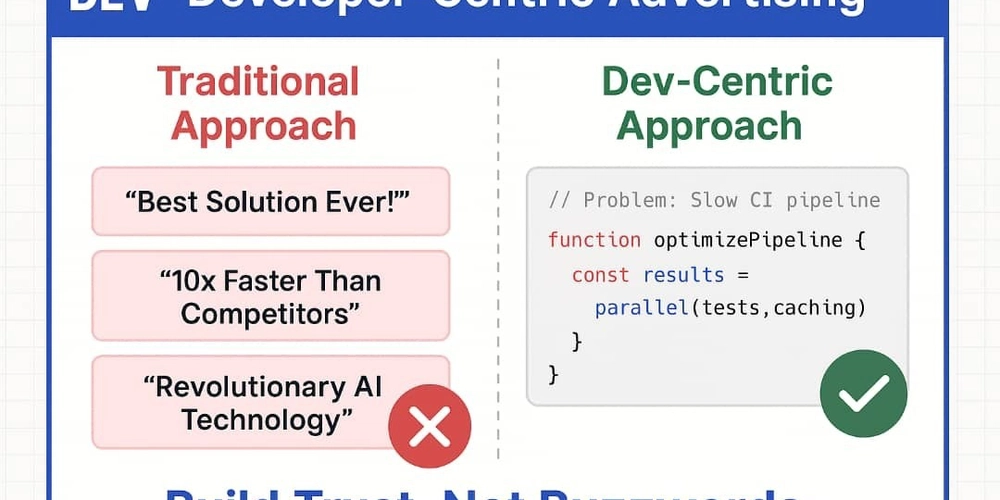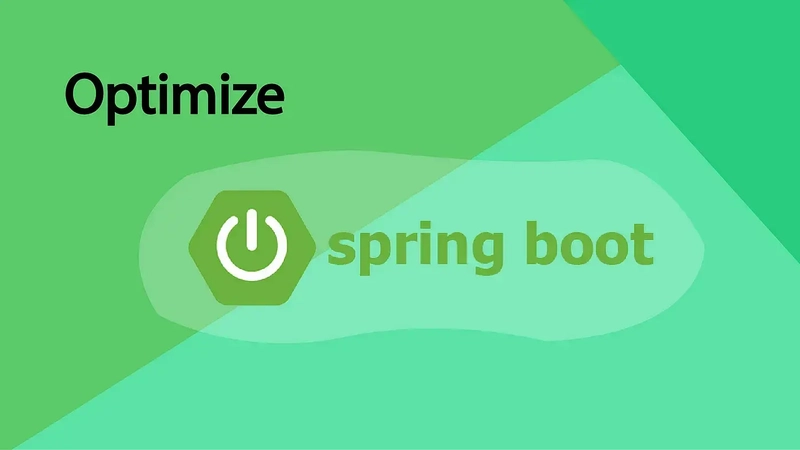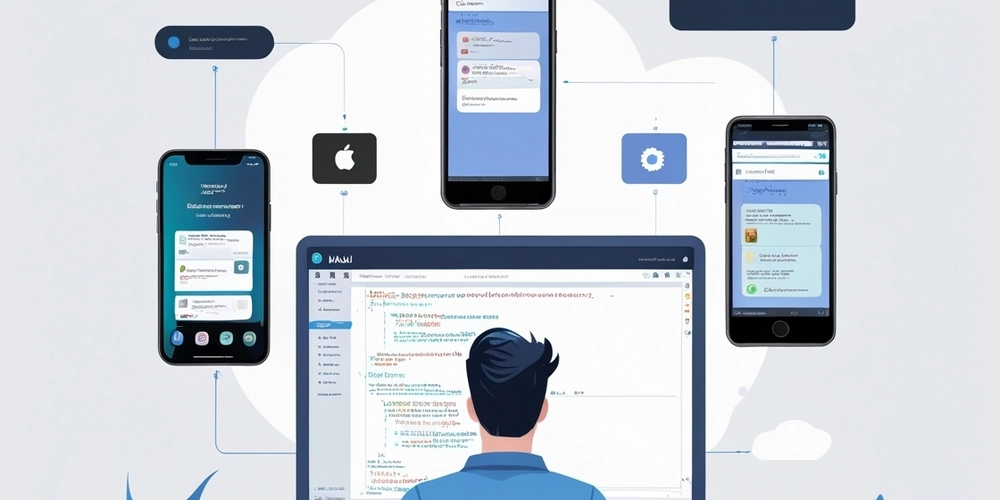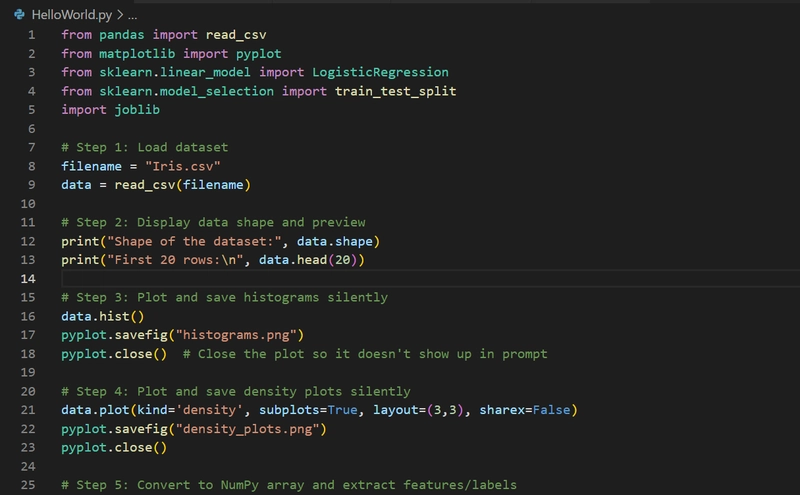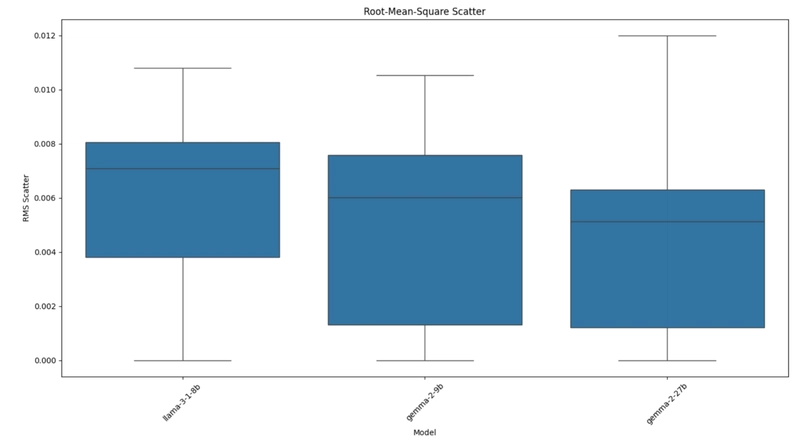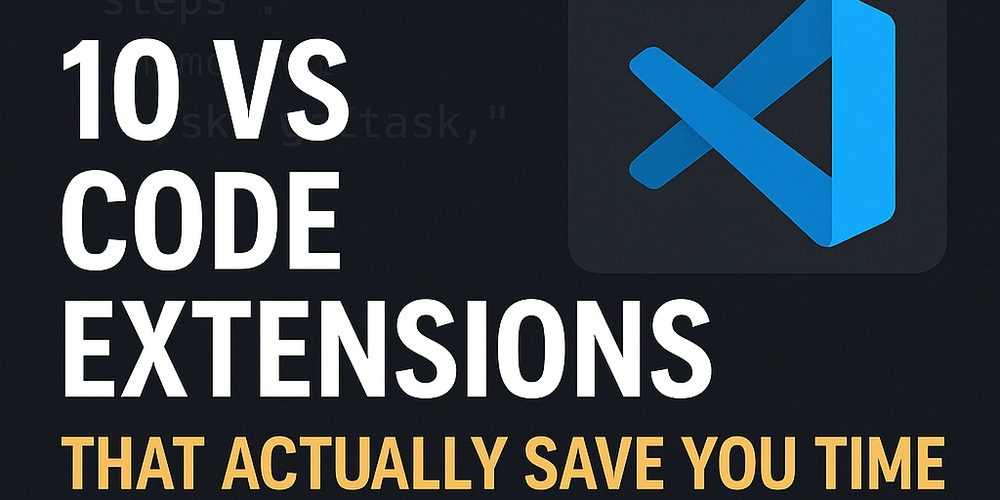The impact of Power Apps on resource management in healthcare
The unprecedented challenges in resource management are now facing healthcare organizations today while being able to give quality patient care. Microsoft PowerApps huge change in how healthcare providers handle anything from inventory management to staff scheduling. By using this powerful low-code platform, healthcare facilities are improved dramatically in operational efficiency and cost reduction, in addition to patient outcomes. The hospital resource management Market Size was valued at USD 120 Billion in 2023 and is expected to reach USD 206 Billion by 2031, growing at a 7% CAGR from 2024 to 2031. Key Challenges in Healthcare Resource Management 1. Inventory and Supply Chain Management In health facilities, thousands of items like medical supplies and equipment are usually available across the various facilities. Inventory management in such systems is often inefficient, resulting in huge waste inventories costs increasing, and in times of emergencies, the shortage of supply becomes critical. Many healthcare organizations still carry out manual inventories and requisitioning through paper processes, which delays and compromises the information, thus compromising on care for patients. 2. Staff Scheduling and Resource Allocation It remains a constant challenge for staff schedules to be optimized in such a way that ensures coverage while at the same time controlling labor cost. Administrative burdens caused by these processes take time away from other more important patient care activities. Another effect of poor staff allocation is that some departments over staff and experience shortfalls in others, leading to a lopsided quality in care and incurring of unnecessary costs through overtime. 3. Data Silos and Communication Barriers Most healthcare institutions have data that are segregated in different systems. They therefore find it difficult to give complete patient information whenever needed for providers regarding them. The frontline health workers mainly use different channels to communicate, of which the internal or external organizations may have some information that is either printed or in a system that some team members cannot access. 4. Regulatory Compliance Requirements The regulations have changed. There are things like HIPAA and GDPR that state how health care organizations must store their data and keep it secure. This puts many constraints or demands on them. Legacy systems do not have the right security features, creating a compliance risk and liability. In this sense, it becomes imperative that all healthcare providers have solutions that can automatically enforce security policies while allowing easy accessibility for the authorized personnel. How to Enhance Resource Management in Healthcare? Leveraging Low-Code Development Healthcare bodies can build applications without much coding knowledge through a simple drag-and-drop interface provided by PowerApps. That democratized app-building reduces dependency on IT and speeds up solution deployment; even the low technical familiarity staff can now engage themselves in the application design and ensure that it meets real world-clinical and operational requirements. Read More :- The impact of Power Apps on resource management in healthcare

The unprecedented challenges in resource management are now facing healthcare organizations today while being able to give quality patient care. Microsoft PowerApps huge change in how healthcare providers handle anything from inventory management to staff scheduling. By using this powerful low-code platform, healthcare facilities are improved dramatically in operational efficiency and cost reduction, in addition to patient outcomes. The hospital resource management Market Size was valued at USD 120 Billion in 2023 and is expected to reach USD 206 Billion by 2031, growing at a 7% CAGR from 2024 to 2031.
Key Challenges in Healthcare Resource Management
1. Inventory and Supply Chain Management
In health facilities, thousands of items like medical supplies and equipment are usually available across the various facilities. Inventory management in such systems is often inefficient, resulting in huge waste inventories costs increasing, and in times of emergencies, the shortage of supply becomes critical. Many healthcare organizations still carry out manual inventories and requisitioning through paper processes, which delays and compromises the information, thus compromising on care for patients.
2. Staff Scheduling and Resource Allocation
It remains a constant challenge for staff schedules to be optimized in such a way that ensures coverage while at the same time controlling labor cost. Administrative burdens caused by these processes take time away from other more important patient care activities. Another effect of poor staff allocation is that some departments over staff and experience shortfalls in others, leading to a lopsided quality in care and incurring of unnecessary costs through overtime.
3. Data Silos and Communication Barriers
Most healthcare institutions have data that are segregated in different systems. They therefore find it difficult to give complete patient information whenever needed for providers regarding them. The frontline health workers mainly use different channels to communicate, of which the internal or external organizations may have some information that is either printed or in a system that some team members cannot access.
4. Regulatory Compliance Requirements
The regulations have changed. There are things like HIPAA and GDPR that state how health care organizations must store their data and keep it secure. This puts many constraints or demands on them. Legacy systems do not have the right security features, creating a compliance risk and liability. In this sense, it becomes imperative that all healthcare providers have solutions that can automatically enforce security policies while allowing easy accessibility for the authorized personnel.
How to Enhance Resource Management in Healthcare?
- Leveraging Low-Code Development
Healthcare bodies can build applications without much coding knowledge through a simple drag-and-drop interface provided by PowerApps. That democratized app-building reduces dependency on IT and speeds up solution deployment; even the low technical familiarity staff can now engage themselves in the application design and ensure that it meets real world-clinical and operational requirements.
Read More :- The impact of Power Apps on resource management in healthcare


.webp?#)


















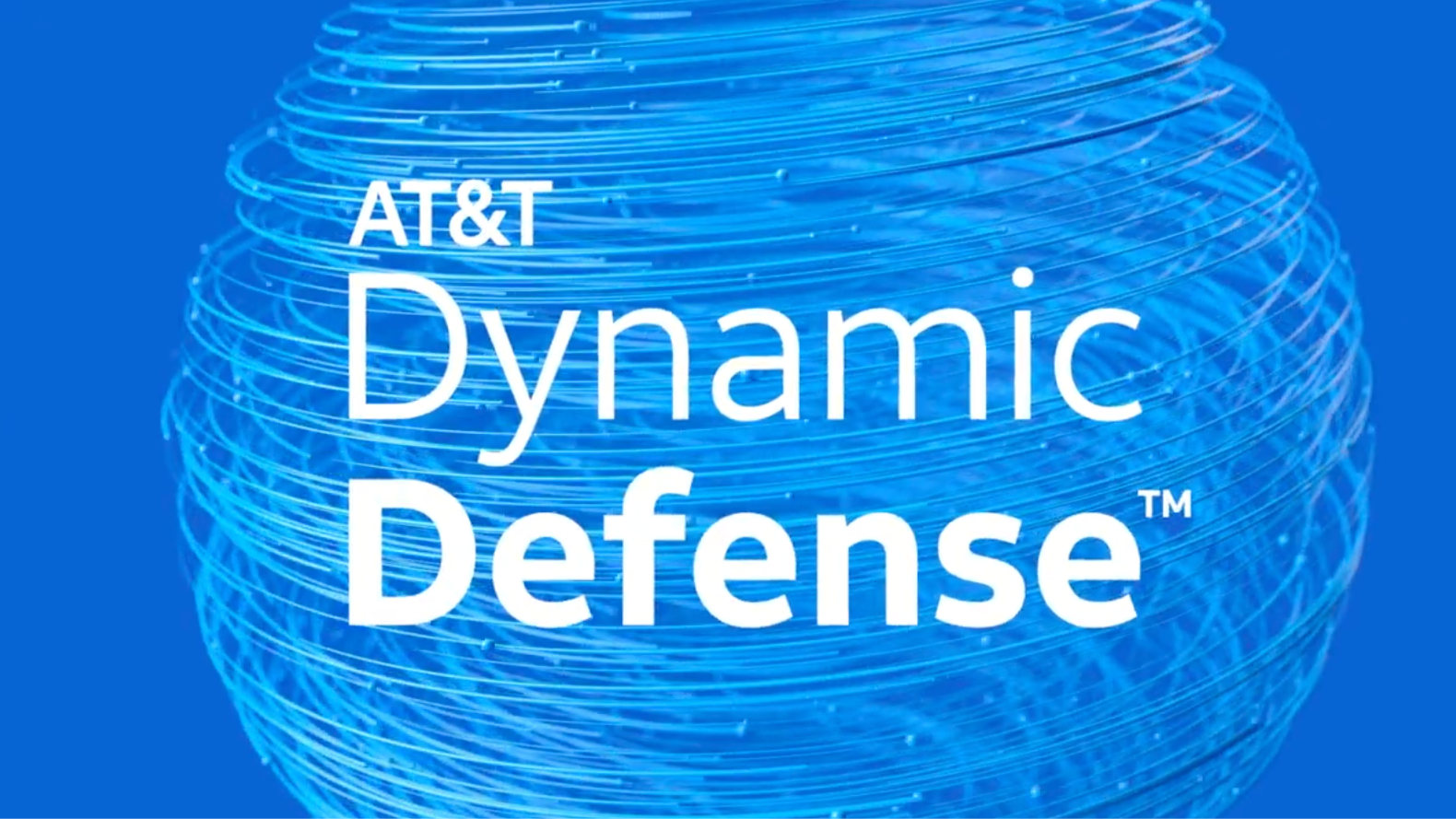
































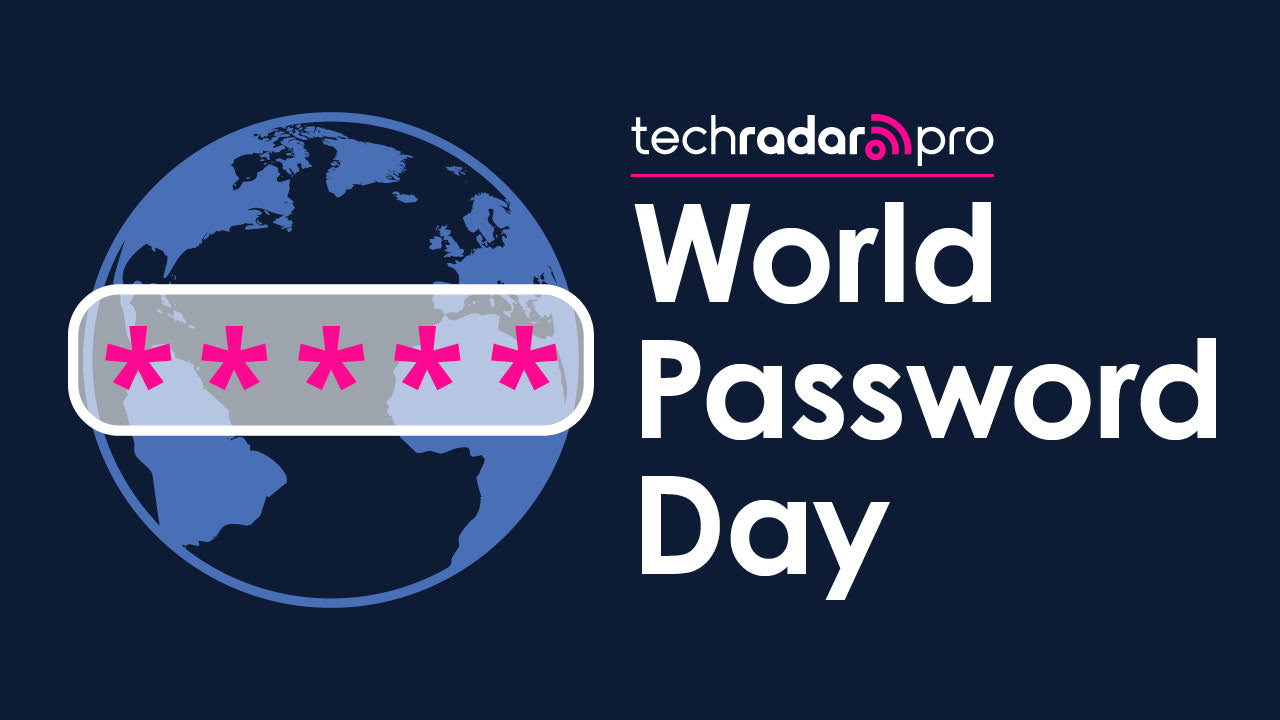


















![Apple Restructures Global Affairs and Apple Music Teams [Report]](https://www.iclarified.com/images/news/97162/97162/97162-640.jpg)
![New iPhone Factory Goes Live in India, Another Just Days Away [Report]](https://www.iclarified.com/images/news/97165/97165/97165-640.jpg)




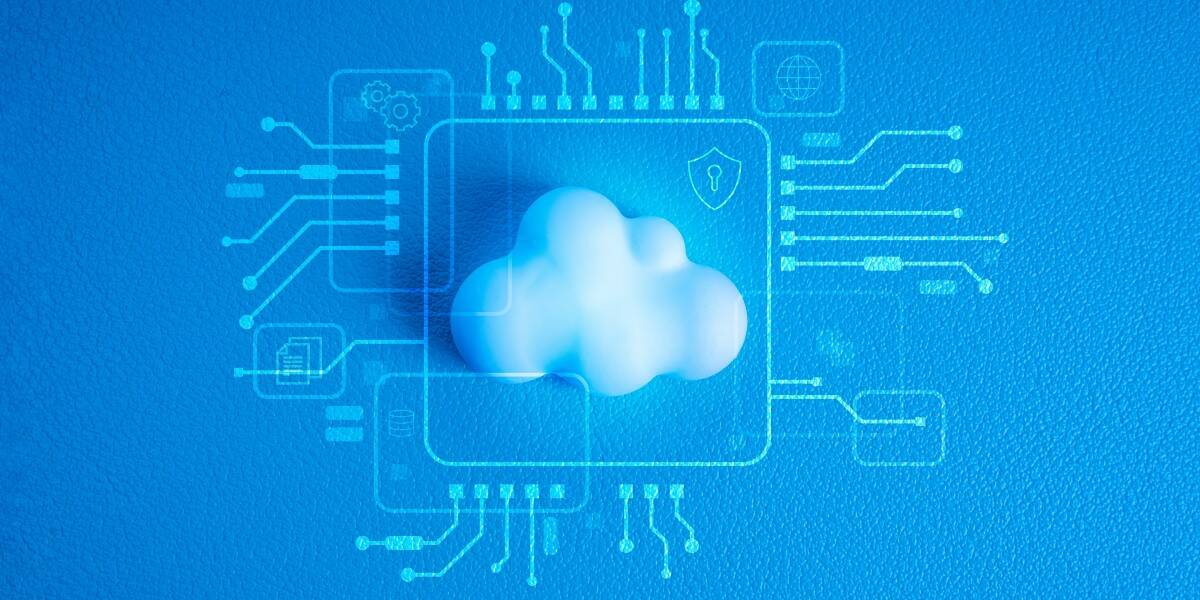





















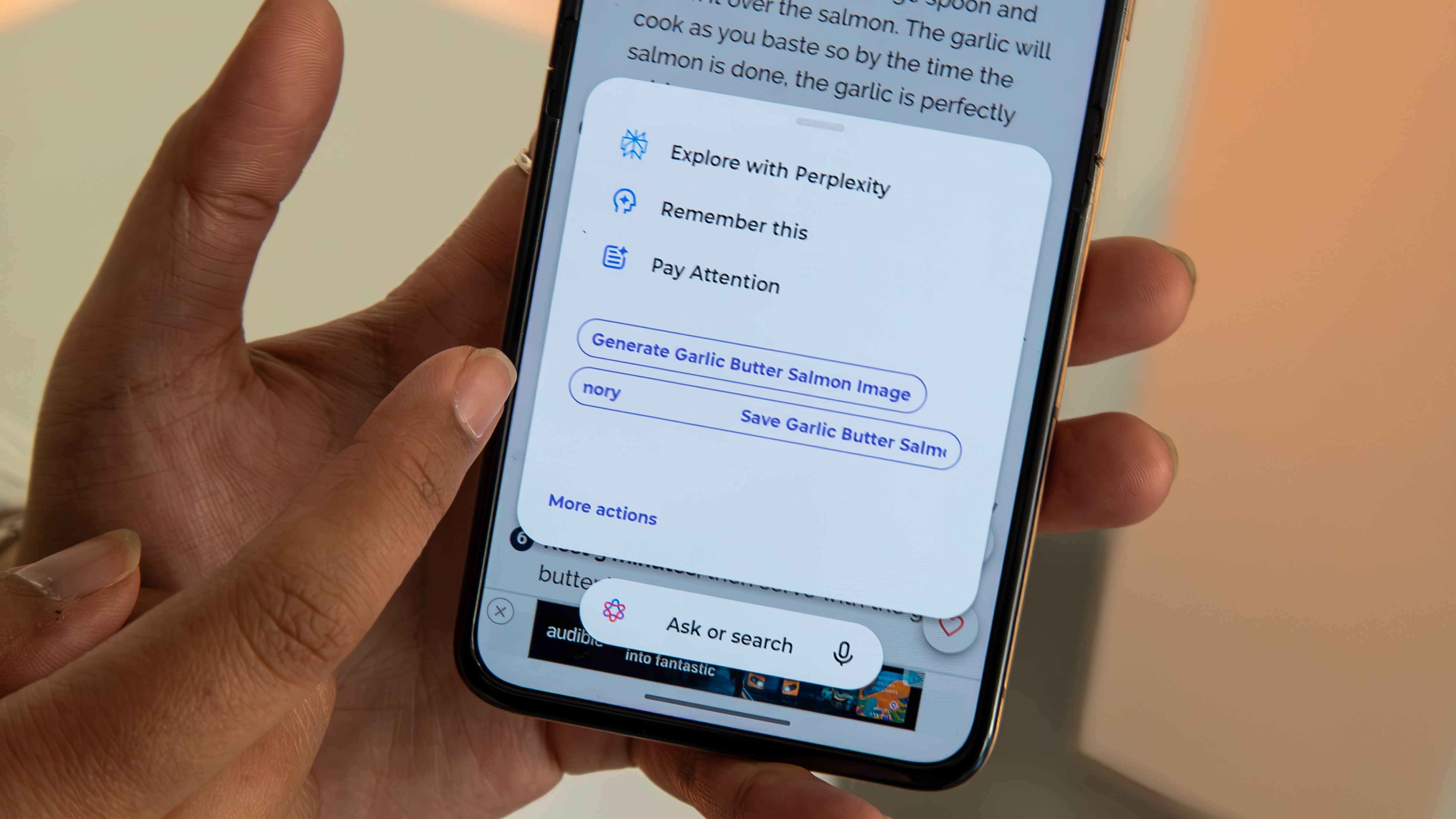

















































































































































































































![[The AI Show Episode 145]: OpenAI Releases o3 and o4-mini, AI Is Causing “Quiet Layoffs,” Executive Order on Youth AI Education & GPT-4o’s Controversial Update](https://www.marketingaiinstitute.com/hubfs/ep%20145%20cover.png)



























































































































































